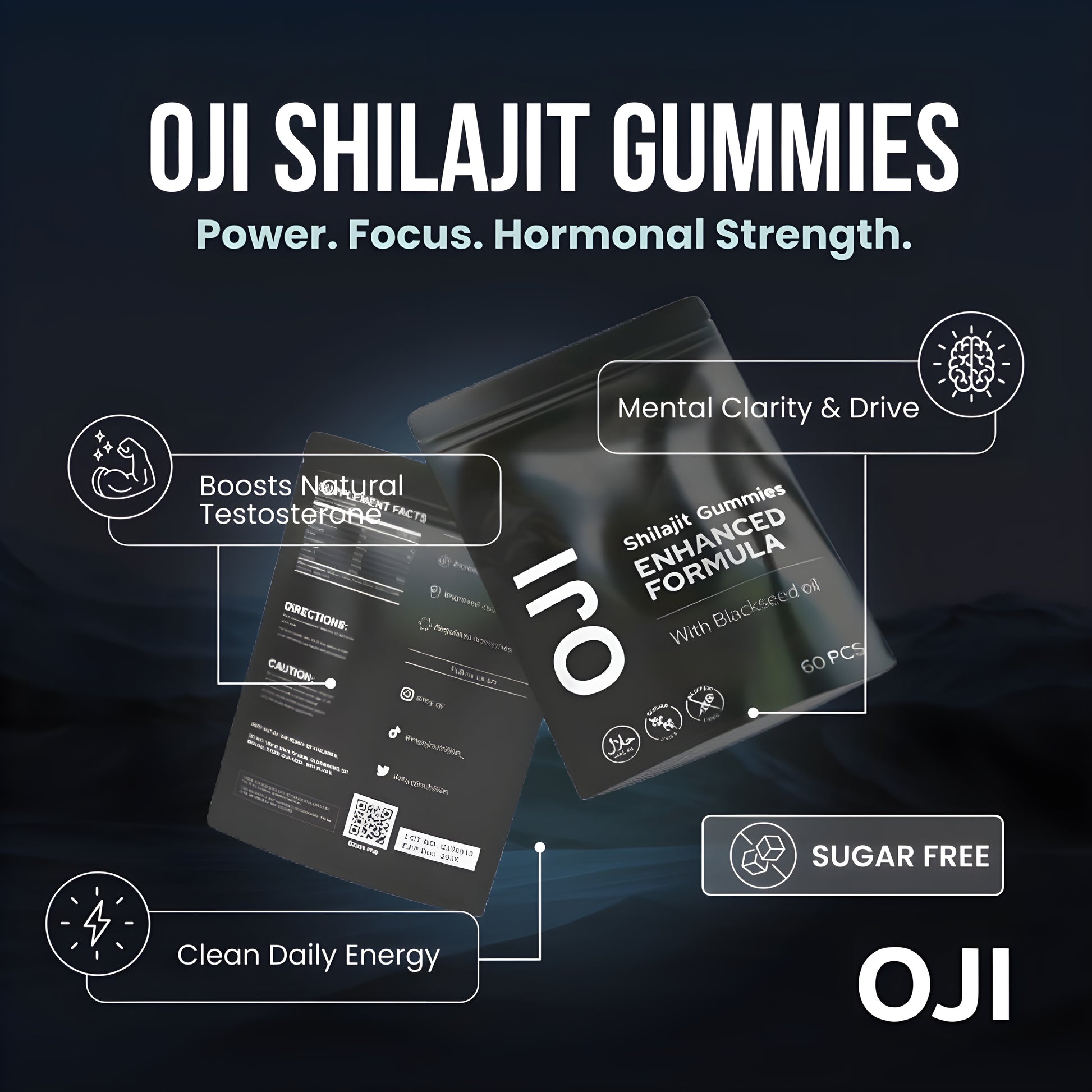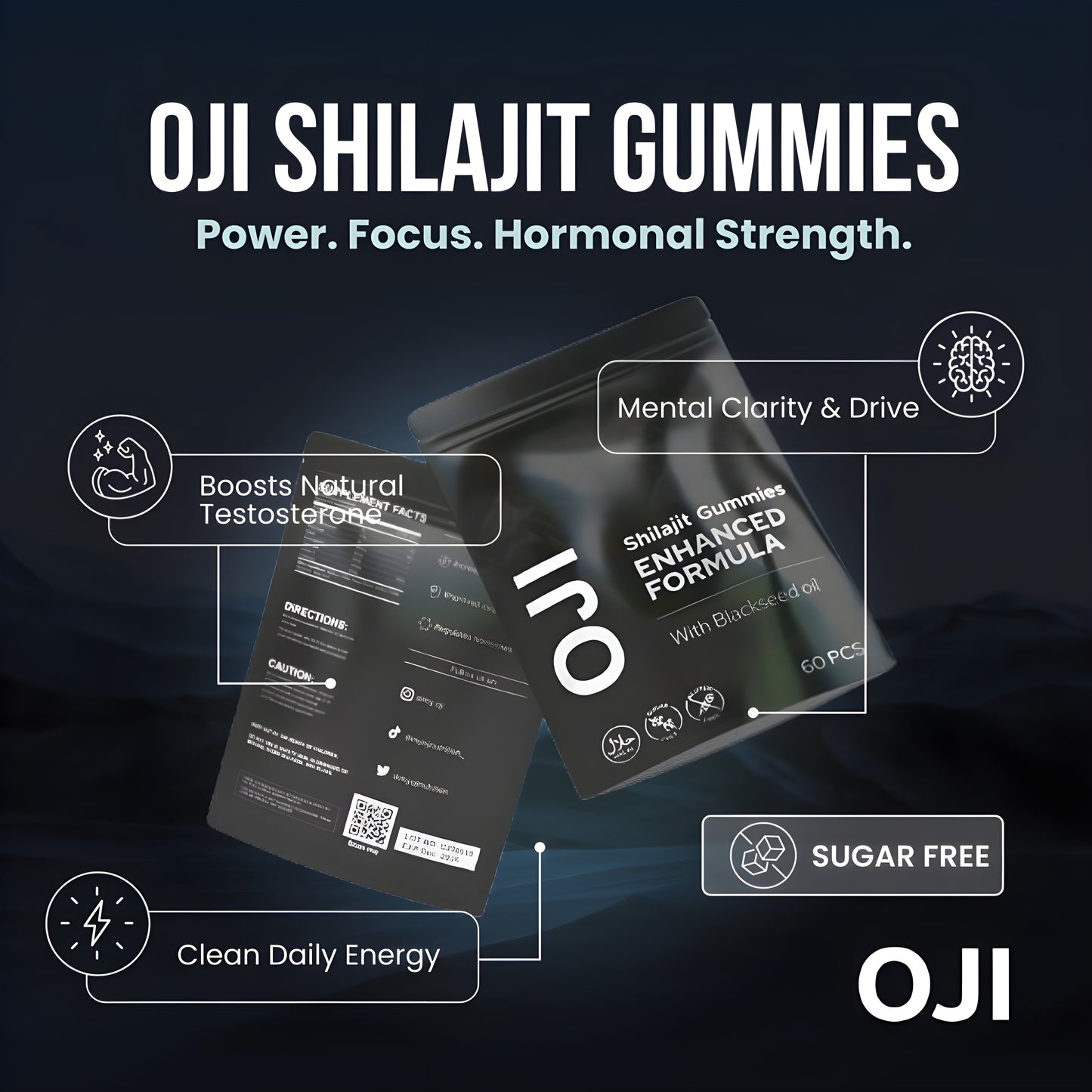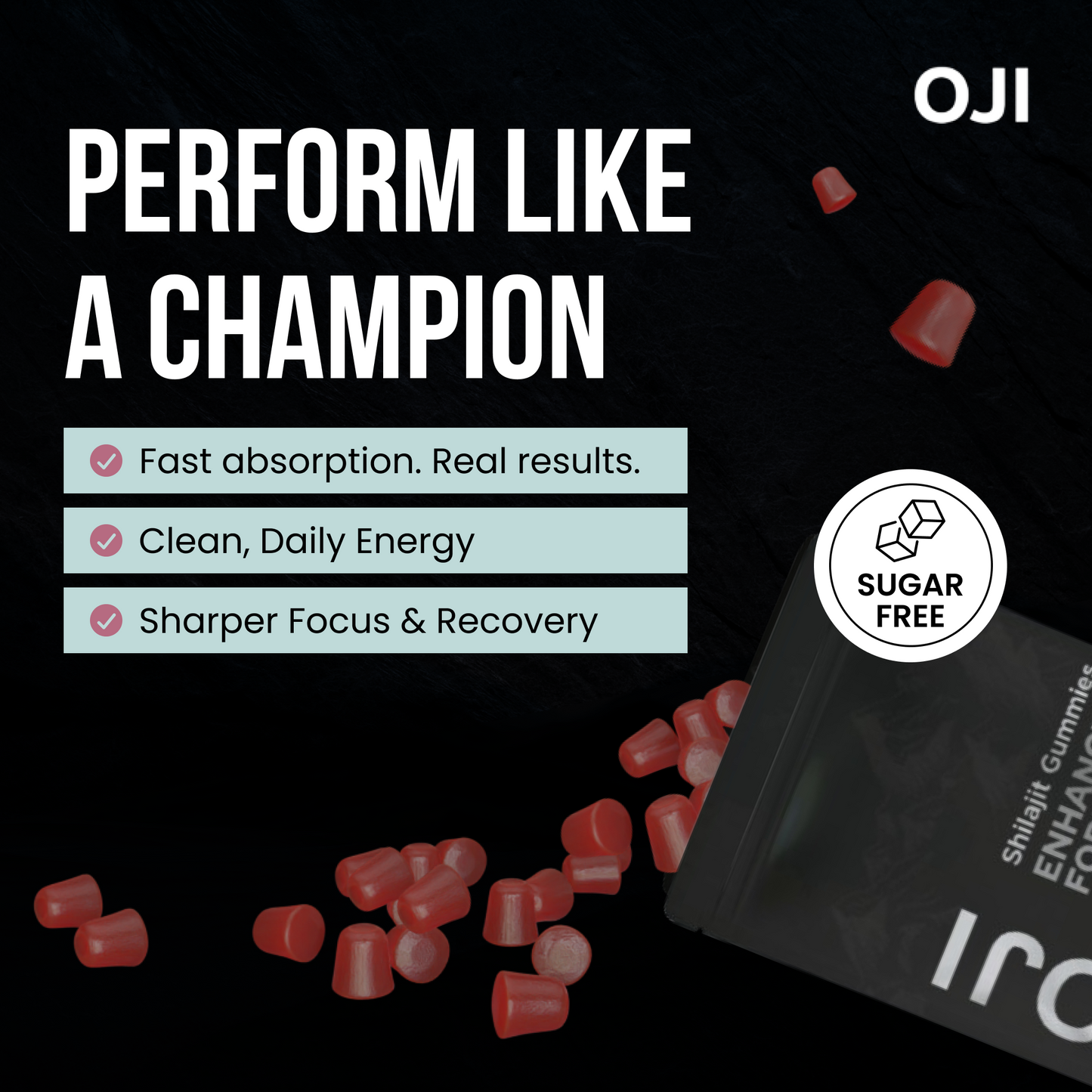Unlock Peak Performance: Your Guide to Post-Workout Recovery
True athletic progress isn't just made in the gym; it's forged in the hours and days that follow. While sleep, nutrition, and hydration form the bedrock of recovery, targeted supplementation is the key that unlocks your body's full potential for repair, adaptation, and growth.
Ignoring this critical component is like building a high-performance engine but filling it with standard fuel. You're leaving untapped power on the table. This guide moves beyond the surface-level advice to provide a comprehensive, evidence-based look at the 10 best supplements for recovery.
We'll explore the science behind how each one works, optimal dosing strategies, and practical tips to help you reduce muscle soreness, accelerate tissue repair, and come back to every session stronger than the last. Whether you're a competitive athlete or a dedicated fitness enthusiast in the UK, understanding how to strategically use these tools will fundamentally change your approach to training and transform your results. Prepare to build a smarter, more effective recovery protocol.
1. Whey Protein
Whey protein is a cornerstone of athletic nutrition and arguably one of the best supplements for recovery available. Derived from milk during the cheesemaking process, it is a complete protein source, meaning it supplies all nine essential amino acids (EAAs) your body cannot produce independently. Its high biological value and rapid absorption rate make it exceptionally effective at kickstarting muscle protein synthesis (MPS), the fundamental process of repairing and rebuilding muscle fibres damaged during exercise.
Its effectiveness is not just theoretical; it's backed by significant data. For example, studies have shown that Olympic weightlifters consuming 25g of whey post-workout achieved 23% greater strength gains, and endurance athletes recovered up to 40% faster between demanding training sessions.
To understand its potency at a molecular level, the following summary box highlights whey protein's key biochemical advantages for recovery.

The high leucine content shown is particularly crucial, as this specific amino acid acts as the primary trigger for muscle repair, while the fast 1-2 hour absorption window ensures these building blocks reach your muscles when they need them most.
How to Use Whey Protein for Optimal Recovery
- Post-Workout Timing: For maximum effect, consume a 20-25g serving within the "anabolic window," typically 30-60 minutes after your training session.
- Combine with Carbs: Pairing whey with a fast-digesting carbohydrate source (like a banana or dextrose powder) helps replenish depleted muscle glycogen stores and can enhance protein uptake.
- Choose Wisely: If you are sensitive to lactose, opt for whey protein isolate, which is more filtered and contains minimal lactose. Always look for products that have been third-party tested for quality and purity.
2. Creatine Monohydrate
While often associated with strength and power, creatine monohydrate is a powerhouse for athletic recuperation, solidifying its place among the best supplements for recovery. This naturally occurring compound works by increasing phosphocreatine stores in your muscles, which helps rapidly regenerate ATP (adenosine triphosphate), the primary energy currency for cellular processes. This accelerated energy replenishment allows you to recover faster not just between workouts, but also between high-intensity sets within a single session.

The performance benefits are well-documented across various sports. Studies have shown that powerlifters supplementing with creatine increased their bench press 1RM by 6% in just five weeks, while soccer players demonstrated a 15% improvement in repeated sprint performance. For endurance athletes, its ability to reduce fatigue is critical; swimmers, for instance, were able to maintain better stroke technique during final laps, showcasing its broad utility. You can learn more about its impact on sustained performance.
How to Use Creatine Monohydrate for Optimal Recovery
- Consistent Dosing: For sustained benefits, consume a 3-5g serving of creatine monohydrate daily. A "loading phase" of 20g per day for 5-7 days is optional but can saturate your muscles faster.
- Smart Consumption: To enhance absorption, take creatine with a source of carbohydrates, such as fruit juice or as part of a post-workout meal. Mixing it with warm water can also improve dissolution.
- Prioritise Hydration: Creatine pulls water into the muscle cells, so it is essential to drink plenty of water throughout the day to support its function and maintain optimal hydration levels.
3. Branched-Chain Amino Acids (BCAAs)
Branched-Chain amino acids, or BCAAs, are a trio of essential amino acids consisting of leucine, isoleucine, and valine. They represent a unique and targeted tool, making them one of the best supplements for recovery. Unlike other amino acids, BCAAs are primarily metabolised directly in the muscle tissue rather than the liver. This allows them to be rapidly available to fuel muscles during exercise and kickstart the repair process immediately after, reducing breakdown and soreness.
The proof is in the performance data. For instance, marathon runners have reported up to 17% less muscle soreness when supplementing with BCAAs. In the gym, resistance-trained individuals show significantly lower levels of creatine kinase, a key marker of muscle damage, demonstrating a direct protective effect on muscle fibres. For endurance athletes, they can even help maintain power output during the final stages of a long event. Leucine is the star player here, acting as the primary signalling molecule that activates the mTOR pathway, which is essential for initiating muscle protein synthesis.
How to Use BCAAs for Optimal Recovery
- Dose and Timing: Consume 10-15g before or during your workout. They are particularly effective when training fasted or during long endurance sessions where muscle breakdown is a primary concern.
- Find the Right Ratio: Always look for products with a research-backed 2:1:1 ratio of leucine to isoleucine and valine to ensure you are getting an effective dose of the key trigger for muscle repair.
- Combine with Electrolytes: Mixing your BCAA powder with an electrolyte solution can enhance absorption and hydration, providing a dual benefit during demanding training.
- Remember Your Foundation: BCAAs are a specialised tool, not a replacement for whole protein. Use them to supplement a diet that already includes adequate protein from sources like whey, chicken, or legumes.
4. Beta-Alanine
Beta-Alanine is a non-essential amino acid that plays a unique role in enhancing workout capacity, making it one of the best supplements for recovery. It works by combining with another amino acid, histidine, to produce carnosine within your muscle tissue. Carnosine acts as a crucial intracellular buffer, helping to neutralise the hydrogen ions that accumulate during intense exercise. This buffering action delays the onset of muscle fatigue and the familiar burning sensation, allowing you to sustain high-intensity effort for longer.
The performance benefits are well-documented across various athletic disciplines. For instance, studies have shown that rowers supplementing with beta-alanine improved their 2000m race times by an average of 2.9 seconds after just four weeks. Similarly, CrossFit athletes were able to complete 12% more repetitions in high-intensity workouts, while cyclists saw a 13% increase in their time to exhaustion at lactate threshold.
This capacity to delay fatigue is directly linked to its ability to increase muscle carnosine concentrations by up to 80%. By raising this buffer, you fundamentally change your muscle's ability to handle the metabolic stress of intense training, which is key for driving adaptation and subsequent recovery.
How to Use Beta-Alanine for Optimal Recovery
- Strategic Dosing: Beta-alanine requires a loading phase. Take 3-5g daily, split into smaller 800mg-1g doses throughout the day to maximise muscle saturation.
- Be Patient: Unlike stimulants, its effects are not immediate. You need to supplement consistently for 2-4 weeks to significantly elevate muscle carnosine levels and notice performance benefits.
- Manage the Tingle: The common tingling sensation (paresthesia) is harmless but can be reduced by taking smaller doses or consuming it with a meal.
- Combine for Synergy: For even greater gains in strength and power, consider stacking beta-alanine with creatine, as they work through different physiological pathways.
5. Magnesium
Magnesium is an essential mineral that often flies under the radar, yet it stands as one of the best supplements for recovery due to its vast physiological roles. It acts as a cofactor in over 300 enzymatic reactions, governing everything from energy production and protein synthesis to nervous system regulation. For athletes, its most critical functions are promoting muscle relaxation and improving sleep quality, two non-negotiable pillars of effective recovery. Without adequate magnesium, muscles can remain in a state of contraction, leading to cramps, tightness, and impaired healing.
The impact of this mineral is well-documented and significant. For instance, studies show that athletes with low magnesium levels who supplemented saw a 25% improvement in key recovery markers. Furthermore, runners have reported a 23% reduction in muscle cramps during demanding training blocks, and older adults experienced a 17% improvement in sleep quality after taking magnesium glycinate. These figures highlight its direct and powerful influence on both muscular and systemic restoration. To fully appreciate the benefits of trace minerals like magnesium, understanding its diverse roles is key.
How to Use Magnesium for Optimal Recovery
- Prioritise Absorption: Choose highly bioavailable chelated forms like magnesium bisglycinate or glycinate, which are gentler on the stomach and better absorbed than more common oxide or citrate forms.
- Time it Right: For improved sleep and muscular relaxation, consume 200-400 mg approximately 30-60 minutes before you go to bed.
- Start Low: If you are new to magnesium supplementation, begin with a lower dose (around 150-200 mg) to assess your personal tolerance before increasing the amount.
- Consider Topical Application: For localised muscle soreness or tightness, a topical magnesium oil or spray applied directly to the skin can provide targeted and rapid relief.
6. Omega-3 Fatty Acids (EPA/DHA)
Omega-3 fatty acids, specifically eicosapentaenoic acid (EPA) and docosahexaenoic acid (DHA), are essential fats that are one of the best supplements for recovery. Found in fish oil, these fats are integral to cell membrane health and play a powerful role in resolving inflammation, making them critical for managing the muscle damage and soreness that follow intense training.
Their effectiveness is well-documented in athletic contexts. For instance, studies on rugby players taking 3g of combined EPA/DHA daily noted a significant 35% reduction in muscle soreness. Furthermore, research shows resistance-trained individuals can experience enhanced muscle protein synthesis rates, while endurance athletes report faster, more efficient recovery between tough sessions.
At a cellular level, EPA and DHA are precursors to specialised pro-resolving mediators (SPMs). Unlike typical anti-inflammatories that just block the process, these compounds actively signal the end of the inflammatory response, clearing cellular debris and promoting a faster return to tissue balance and healing.
How to Use Omega-3 Fatty Acids for Optimal Recovery
- Aim for a Potent Dose: For tangible recovery benefits, target a combined daily total of 2-3 grams of EPA and DHA. Check the supplement facts panel, as the active EPA/DHA content is what matters most, not the total fish oil amount.
- Enhance Absorption: Omega-3s are fat-soluble. Take your supplement with a meal containing other healthy fats like avocado, nuts, or olive oil to significantly improve its absorption and effectiveness.
- Choose Wisely: Prioritise third-party tested products for purity from heavy metals and contaminants. To prevent oxidation, store fish oil in the refrigerator. For plant-based diets, algae-based supplements offer a potent, direct source of EPA and DHA.
7. Vitamin D3
Often called the "sunshine vitamin," Vitamin D3 is a fat-soluble vitamin that functions more like a potent hormone within the body. It is essential for regulating calcium absorption, modulating immune function, and supporting muscle protein synthesis. Because deficiency is incredibly common, especially for athletes training indoors or living in regions with limited sun like the UK, supplementing makes it one of the best supplements for recovery to protect both performance and long-term health.

The data supporting its role in athletic resilience is compelling. Studies have demonstrated that athletes maintaining adequate vitamin D levels suffer 19% fewer stress fractures, while professional football players with optimal status experienced 50% fewer muscle injuries. Correcting a deficiency has also been shown to directly improve muscular power output, underscoring its importance for bouncing back stronger after training.
How to Use Vitamin D3 for Optimal Recovery
- Prioritise Blood Testing: Before supplementing, get your levels tested by a GP. The optimal range for athletes is generally considered to be 30-50 ng/mL (75-125 nmol/L).
- Dose Appropriately: A daily dose of 2,000-4,000 IU is a common and effective range for most adults, especially during autumn and winter months when sun exposure is minimal.
- Enhance Absorption: As a fat-soluble vitamin, D3 is best absorbed when taken with a meal that contains healthy fats, such as avocado, nuts, or olive oil.
- Consider Vitamin K2: For maximum benefit to bone health, consider a supplement that combines Vitamin D3 with K2, as K2 helps direct calcium to your bones and away from your arteries.
8. Tart Cherry Extract
Tart cherry extract is a potent, natural powerhouse for athletic recuperation and a standout among the best supplements for recovery. Derived from Montmorency cherries, it is packed with high concentrations of anthocyanins and other polyphenolic compounds. These natural antioxidants directly combat exercise-induced inflammation and oxidative stress, which are the primary drivers of delayed onset muscle soreness (DOMS) and fatigue. By mitigating this damage, tart cherry helps preserve muscle function and accelerate repair.
Its efficacy is well-documented in performance settings. For instance, marathon runners who supplemented with tart cherry experienced a remarkable 39% reduction in post-race muscle pain. Similarly, competitive cyclists noted improved sleep efficiency and lower inflammation markers, while basketball players recovered their strength significantly faster between games, demonstrating its broad applicability across different sports.
The power of tart cherry extract lies in its biochemical profile. The anthocyanins it contains are known to inhibit inflammatory pathways, much like common pain relievers, but without the associated side effects. These compounds also scavenge harmful free radicals generated during intense exercise, protecting muscle cells from oxidative damage and helping you bounce back quicker for your next session.
How to Use Tart Cherry Extract for Optimal Recovery
- Daily Dosing: Aim for a daily intake of 8-12 ounces of tart cherry juice or an equivalent 480mg of concentrated extract.
- Strategic Timing: For consistent anti-inflammatory benefits, take it in divided doses, once in the morning and once in the evening. To leverage its sleep-enhancing properties, time your evening dose 1-2 hours before bed.
- Choose Quality: Opt for organic, no-sugar-added versions of juice or extract to avoid unnecessary calories and additives that could hinder recovery.
- Cycle Your Use: While safe for daily use, it is particularly effective when used strategically around intensive training blocks or competitions to maximise its recovery benefits.
9. Curcumin (Turmeric Extract)
Derived from the vibrant turmeric root, curcumin stands out as a potent natural compound and one of the best supplements for recovery. It operates primarily as a powerful anti-inflammatory and antioxidant agent, directly targeting the muscle soreness and cellular stress that follows intense physical exertion. By mitigating exercise-induced inflammation, curcumin helps to manage delayed onset muscle soreness (DOMS) and accelerate the repair of damaged muscle tissue. You can learn more about its powerful antioxidant effects here.
The benefits of curcumin are well-documented in athletic populations. For instance, studies on runners using curcumin have recorded a 25% reduction in key markers of muscle damage. Similarly, resistance-trained individuals have reported significantly less muscle soreness, while competitive football players have demonstrated better performance maintenance during demanding tournament schedules.
This effectiveness stems from curcumin's ability to inhibit inflammatory pathways like NF-kB and combat the oxidative stress that can cause secondary damage to muscle cells post-exercise. However, curcumin is notoriously difficult for the body to absorb on its own, which is why effective supplements are formulated to enhance its bioavailability.
How to Use Curcumin for Optimal Recovery
- Prioritise Absorption: Choose a product formulated with an absorption enhancer like piperine (black pepper extract) or a phytosome/liposomal delivery system to ensure your body can use it effectively.
- Consistent Dosing: Take a daily dose of 500-1,000mg, ideally split into two servings with meals that contain a source of fat to further improve uptake.
- Check for Quality: Look for supplements that use a standardised extract containing at least 95% curcuminoids for maximum potency and reliability.
- Strategic Use: Consider using curcumin during periods of particularly high training intensity or when you anticipate significant muscle soreness to get the most pronounced recovery benefits.
10. Glutamine
Glutamine is the most abundant amino acid in the human body, playing a pivotal role in immune function, gut integrity, and muscle tissue maintenance. During periods of intense physical stress, like heavy training or dieting, your body's demand for glutamine can exceed its ability to produce it. This makes it a "conditionally essential" amino acid and one of the best supplements for recovery, particularly for supporting your wider physiological systems that underpin repair.
Its impact is most pronounced when the body is pushed to its limits. For example, endurance athletes supplementing with glutamine have shown reduced rates of infection during intense training periods, and bodybuilders often report diminished muscle soreness during challenging cutting phases. This highlights its role in not just direct muscle repair, but in maintaining overall health to facilitate consistent, hard training and prevent setbacks. It helps ensure your internal systems can keep up with your external efforts.
How to Use Glutamine for Optimal Recovery
- Strategic Dosing: During intense training blocks or periods of overreaching, consider supplementing with 10-15g daily, split into multiple smaller doses to support systemic recovery.
- Absorption Timing: For potentially better absorption, take a serving on an empty stomach. Consider timing one of your doses post-workout to help replenish what was lost during exercise.
- Divide and Conquer: Splitting your daily intake into 2-3 smaller servings (e.g., morning, post-workout, and before bed) can help maintain stable glutamine levels in your body throughout the day.
- Best Use Case: It is most beneficial during periods of high training volume, illness, or a calorie deficit when your immune system and recovery capacity are under significant strain.
Top 10 Recovery Supplements Comparison
| Supplement | Implementation Complexity 🔄 | Resource Requirements ⚡ | Expected Outcomes 📊 | Ideal Use Cases 💡 | Key Advantages ⭐ |
|---|---|---|---|---|---|
| Whey Protein | Moderate; easy to consume post-workout | Low cost; widely available | Enhanced muscle protein synthesis and recovery | Muscle building, post-exercise recovery | Complete amino acids; fast absorption; well-researched |
| Creatine Monohydrate | Low; simple daily dosing | Very affordable; minimal | Increased strength, power, and muscle mass | High-intensity, power-based sports | Improves ATP regeneration; no cycling needed |
| BCAAs | Moderate; timed around exercise | More expensive than whole proteins | Reduced muscle soreness and fatigue | Fasted training, prolonged exercise | Direct muscle metabolism; low calorie |
| Beta-Alanine | Moderate; requires loading over weeks | Moderate cost; needs split dosing | Delays muscle fatigue; improves endurance | High-intensity exercise lasting 1-4 minutes | Increases muscle carnosine; long-lasting effects |
| Magnesium | Low; daily supplementation | Moderate cost; various forms | Improved muscle relaxation and sleep quality | Recovery, muscle cramps, sleep support | Supports 300+ enzymes; improves sleep |
| Omega-3 Fatty Acids | Low; daily dosing with meals | Higher cost for quality products | Reduced inflammation; improved recovery | Cardiovascular health, inflammation reduction | Supports joint, cognitive and cardiovascular health |
| Vitamin D3 | Low; daily dosing with fat | Affordable, requires blood testing | Enhanced immune & muscle function; bone health | Indoor athletes; bone and immune support | Hormonal regulation; widely studied |
| Tart Cherry Extract | Moderate; daily dosing split morning/evening | Moderate cost; varies by form | Reduced soreness; improved sleep | Recovery, anti-inflammatory use | Natural anti-inflammatory; sleep aid |
| Curcumin (Turmeric) | Moderate; needs enhanced-absorption formulations | Moderate cost; standardized extract | Reduces inflammation and muscle soreness | Inflammation, joint health, recovery | Potent antioxidant; natural NSAID alternative |
| Glutamine | Moderate; multiple doses daily | Moderate cost; mixed evidence | Supports immune function and recovery | Intense training, immune support | Gut and immune support; muscle recovery aid |
Synthesizing Your Strategy: Building Your Personal Recovery Stack
Navigating the extensive world of sports nutrition can feel like a complex puzzle. This guide has armed you with a detailed breakdown of ten of the most effective and research-backed supplements available. From the foundational muscle-building power of Whey Protein and Creatine to the targeted anti-inflammatory benefits of Curcumin and Tart Cherry Extract, you now have a powerful toolkit.
The most crucial takeaway, however, is that there is no single "magic bullet" combination. The best supplements for recovery are the ones that constitute a strategy built specifically for you. Your training intensity, dietary habits, sleep quality, and unique physiological responses all dictate what your body needs most. True optimization comes from intelligent, personalised application, not just blind consumption.
A Practical Framework for Your Personal Stack
Instead of adding everything at once, adopt a methodical approach. This allows you to accurately assess the impact of each component and build a lean, effective, and cost-efficient protocol.
-
Step 1: Audit Your Primary Challenge. What is the biggest barrier to your progress? Be specific.
- Is it crippling post-workout soreness (DOMS)? Consider Tart Cherry Extract or Curcumin.
- Is it poor sleep quality impacting your energy? Magnesium should be your first port of call.
- Are you struggling to meet protein targets for muscle repair? Whey Protein is a convenient and effective solution.
- Do you need an extra gear during high-intensity sessions? Creatine and Beta-Alanine are proven performers.
-
Step 2: Start Small and Track Meticulously. Select just one or two supplements that directly address the challenge you identified in Step 1. Commit to taking them consistently as recommended for at least four weeks. Keep a simple journal, noting your energy levels, sleep quality, perceived soreness, and performance in the gym. This data is invaluable.
-
Step 3: Listen, Learn, and Adjust. After a consistent trial period, review your notes. Did you notice a tangible improvement? If so, that supplement is a keeper. If not, it may not be the right fit for you. This iterative process of testing and adjusting is the secret to building a truly personalised and effective recovery stack.
The Power of a Foundational Layer
Mastering this targeted approach transforms you from a passive consumer into the active architect of your own physical potential. By moving beyond generic advice and focusing on your body's direct feedback, you create a recovery system that accelerates results, improves resilience, and supports long-term athletic longevity. This investment in smart recovery pays dividends not just in the gym, but in your overall vitality and well-being.
To truly enhance your strategy, consider starting with a foundational layer that supports your body’s core functions. By improving fundamental processes like nutrient absorption and cellular energy production, you can create a synergistic effect that amplifies the benefits of every other supplement in your stack.
Ready to build a powerful foundation for your recovery protocol? Oji Shilajit delivers a potent complex of fulvic acid and over 84 essential minerals to help enhance nutrient uptake and boost cellular energy. Make your entire supplement stack work harder by starting with a truly foundational element at Oji Shilajit.





